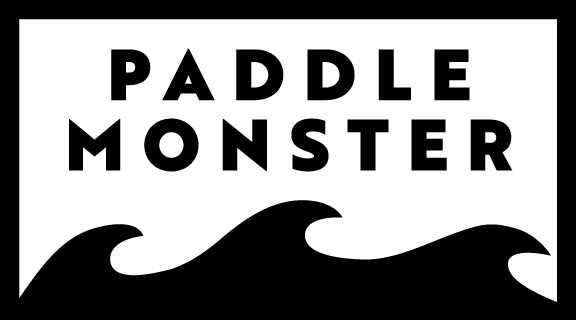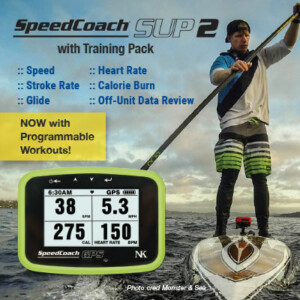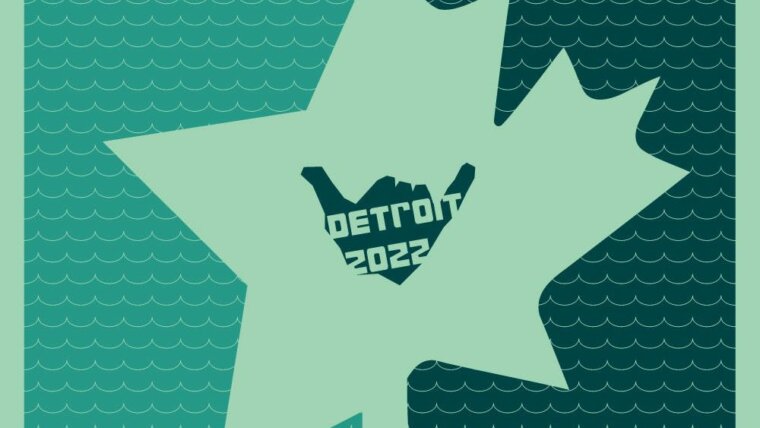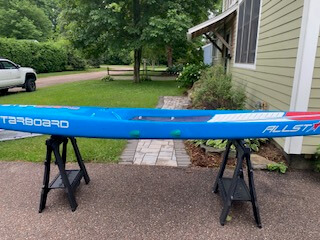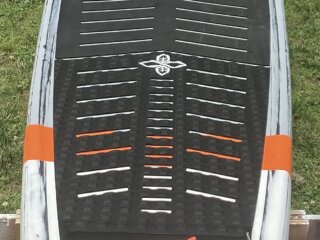
With a big early season race weekend behind us, it’s worth considering what comes after a big race. Let’s take a dive into it here to help you make sure you get full and appropriate recovery, get the most out of your race weekend in terms of learning, and make the best decisions you can in terms of next steps.
Recovery
Races are hard. If you really race to your limits, a race will be harder than almost anything you do in training. Add the fact that races often involve travel to and from the race location and the hit racing makes on your nervous system and is even greater. The physical, mental and emotional stresses that come with it can make racing pretty taxing. It’s a good idea to make sure you get adequate recovery. When the race is a high priority event and represents the culmination of an entire phase of training, the need for recovery is even greater.
I strongly suggest that athletes I coach take a few days either off or very easy after a big event. This provides them a with small mental break from the focus that goes with racing and hard training. It also allows muscles, connective tissue and the nervous system a chance to recover. Sore, achy joints have time recover and inflammation can resolve. Muscles have a chance to recover and repair the damage that typically occurs at the level of individual muscle fibers during intense work. Your nervous system has a chance to recover from the intense work it does in recruitment of muscle fibers during race quality paddling, from the work it may have to do during the race to help you better handle challenging conditions, and from any mental stresses associated with racing and the travel required to get to the race. Finally, it allows hard training athletes a chance to “come up for air” and take a bit of a break from the mental and emotional exertion associated with the intense, high-level training associated with preparing for the race. This is extremely important in the context of a long paddling season. If you’re going to race important events throughout the entire season and do the training that supports it, it is imperative that you take a moment to catch your breath after big races – especially those occurring at the end of entire phases of training.
For most athletes, adequate recovery only requires a few days of easier loading, and then you can get right back into a more ambitious and aggressive training regimen. I almost always recommend the day after a big race be totally off. The exception to this, of course, is when you are racing in multiple races over consecutive days. This day off allows for a great deal of recovery to occur and can be used as a travel day for those that have to travel to and from their events.
After that initial day off, I usually recommend a few extra days of reduced training load after big races. Smaller, less important, or very short races without multiple rounds of racing are easier to recover from and you can often just get right back to work after the initial day off. However, the bigger or longer the event, the more likely it is that you’ll benefit from some extra time of reduced load training. This allows for a little extra repair of muscles and recovery for joints, and allows the central nervous system more opportunity to recover before engaging in new, high load training.
Any little injuries you may have sustained racing should be treated as quickly as possible. If there is any doubt about an injury you should be seeking professional advice as soon as possible.
The important thing to understand is that you can’t go hard all the time. In the short term, failure to respect your body’s need for periodic recovery results diminished quality of training, meaning you’ll be getting less out of the workouts you do. In the longer term it eventually results in staleness, burnout, central nervous system fatigue, and potentially illness and/or injury.
Reflection

Races never go entirely as expected, and even when they do, there are questions you need to ask and answer.
If you have a race that is great and goes exactly as you hoped it might, you’ll want to try to figure out what led to that happening. What did you do to allow you to feel so good and handle all the mental and technical challenges of racing so perfectly? What do you have to do to repeat that again in your next race? What did you do in your training that allowed you to show up to the race with such a high level of fitness and feeling so strong and sharp? You’ll want to repeat that same pattern of training and peaking for your next race.
On the other hand, most races don’t go perfectly. Even when you get the result you’re hoping for, races are usually not perfect. There are almost always things you can identify that can be done better. This is especially true of races where your performance didn’t meet your expectations.
I strongly suggest dissecting your race in its entirety. Look at the race from start to finish. What did you do well and what could you have done better? Was your technique on point? If it wasn’t, what, specifically do you need to work on? How did you feel? Where you as strong as you usually feel on your best day or was there some energy and pep missing? Once you’ve looked at the race, look at what you did in your warm up. Was your warm up adequate? Did it meet the requirements of preparing you to be able to go all out, efficiently, off the start?
Once you’ve looked at the on-water part of your race day, consider what you did that morning before you got on the water and even the night before. Was your pre-race routine, both race morning and the day before, appropriate? Were there things you did that you’d do differently if you could do it all over again?
Lastly, consider your strength, fitness and technique. These are the result of what you’ve done in your training. Can you identify gaps in your strength, fitness and technique that impacted your results? Upon reflection, can you pinpoint things in your training that were missing or should have been done differently?
I’ve always found that this reflection is best left till the day after the race. Often emotions are a little too raw immediately after the race to allow you to assess things fairly. No matter the race result, you’re better off just enjoying the post-race vibes and hanging with the other paddlers, getting a little distance from the race if possible. Then, after sleeping on it, take the time to reflect on everything the next morning. Unless your race is local, this can often be done while traveling home. I’ve always found that sitting on a plane or doing a long drive home is the ideal time to reflect. It helps the time pass by more quickly and you usually see everything a little more clearly twenty-four hours after the event.
Recalibration
Once you’ve fully reflected on things and answered all the “what went right/what went wrong?” questions, it’s time to develop a plan of action. You’ve got to make the necessary adjustments to your training and your pre-race plan and incorporate, to the best of your ability, everything you learned from the race into your training, race simulations and future races.
Essentially, you’re recalibrating things by coming up with a plan that addresses weaknesses you’ve identified without compromising things you identified as strengths. This can take a while to put together. If you identified a lot of things that need attention in your reflection, it’s probably too much to fix everything all at once. There are some things that will be easy to act on immediately. Other things might have to wait till the next time you race to act on.
Start with your training program. You can make immediate changes to the work you’re doing to address any holes in your preparation that have been exposed. For example, if your base isn’t big enough to allow you to feel strong for the entire race distance, build in more long, base-building training sessions. This is sure, over time, to improve your endurance. If you identified a lack of high-end traveling speed and the inability to paddle really aggressively for the first ten to fifteen minutes off the start, you’ll need to build in more 2km work and aerobic power into your training. If it was your sprinting ability that was weak, you’ll need to incorporate more intense neuromuscular and anaerobic work into your training.
If you feel you were weak in all these areas, you’ll need to prioritize what to work on first. Generally, addressing base first is advisable, followed by aerobic power and then neuromuscular speed. Try to come up with new workouts that might address each of these areas more effectively. If you’re at a bit of a loss on how to put all this together, consider hiring a coach to help you.
Once you’ve got your training sorted, start looking at your pre-race plan and warm-up. Did you do everything you could to be sufficiently focused and ready for your race? If you identified shortcomings with this plan, try creating a new plan that you can test. There’s no need to wait till the next race to test it out, you can do that before your next really high intensity workout.
Tactical mistakes in your race that you identified can often be addressed in training too, especially if you have training partners who are similar in speed to you. You might also decide that racing more regularly in smaller, less important events is a great way to get more race experience and helpful in learning not to make the same mistakes again and testing out new race strategies.
Recalibrating things should be viewed as a fun challenge, not as a disaster you’re trying to mitigate. Every high-level athlete does this. They’re professional about it. It’s important, needs to be done and makes a big difference if done well. So, don’t get discouraged if, after reflection, there seems to be a long list of things you need to adjust. Be thankful for what you’ve learned and that you’ve got the opportunity to try things again with a new, and hopefully better, approach.
Personally, I think this is one of the things that makes being an athlete fun. You’re not just doing physical work, you’re problem solving. And, there’s no problem you can identify that can’t be solved in a way that makes you better. Improving is a process. Embrace it.
So Remember...
- Recovery:
- Take at least one day completely off after the race.
- Follow with a few days of reduced training load.
- Address any minor injuries immediately.
- Reflection:
- Analyze your race from start to finish.
- Evaluate your warm-up and pre-race routines.
- Assess your physical condition and technique during the race.
- Recalibration:
- Identify strengths and weaknesses in your performance.
- Adjust your training to address identified gaps.
- Modify your pre-race plan and test it during high-intensity workouts.
Happy paddling!


Paddle Events
Classique SUP Roussillon – Roussillon SUP Classic
Belle Isle Classic
Ohio River Paddlefest Races
Recent Classifieds
2022 Starboard Carbon Wood Dugout 14’ Raceboard
- Sell
- 7 days ago
- Stand Up Paddleboard
- 05403 South Burlington , Vermont United States
- 155 views
Nelo 540L WWR, Cover & 2 Rudders
- Sell
- 1 week ago
- Surfski
- 65775 West Plains , Missouri United States
- 262 views
14’x23” Infinity Blackfish
- Sell
- 2 weeks ago
- Stand Up Paddleboard
- Rhode Island United States
- 242 views
Starboard all-around cruiser
- Sell
- 4 weeks ago
- Stand Up Paddleboard
- United States
- 290 views
2023 infinity whiplash hollow 14 x 22.5”
- Sell
- 1 month ago
- Stand Up Paddleboard
- 53066 Oconomowoc , Wisconsin United States
- 639 views
Subscribe for Premium Content and Coaching
Join the Paddle Monster paid Plan Today!
You May Also Like

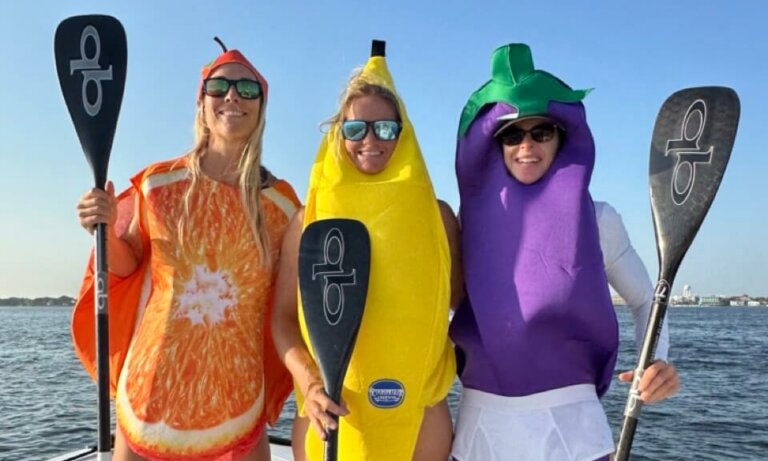
Race the Tide: 25-Mile Draft-a-Boat Paddle Relay Adventure

